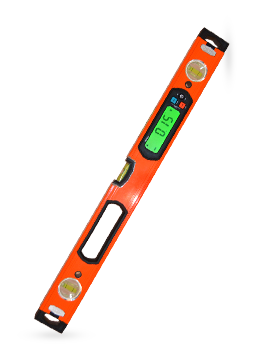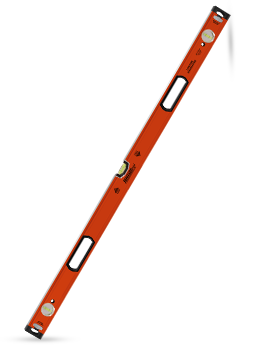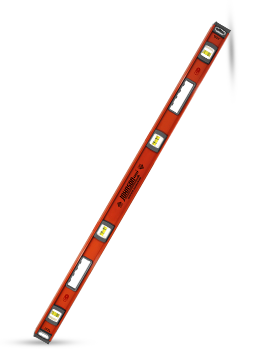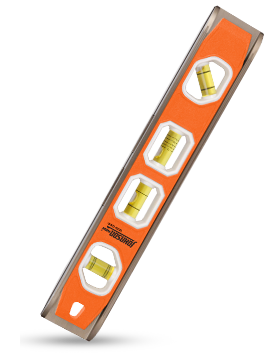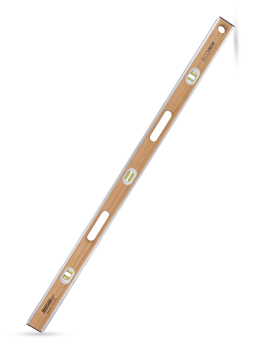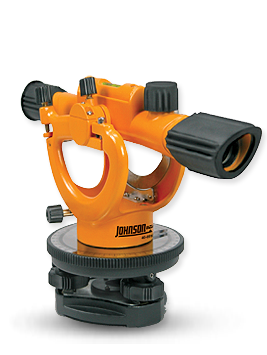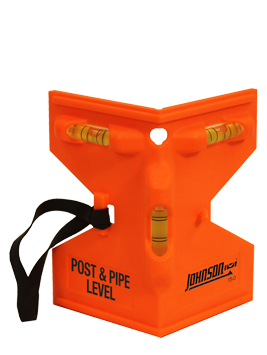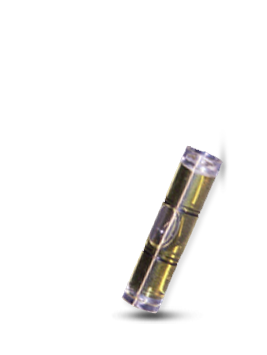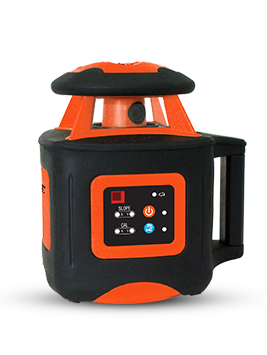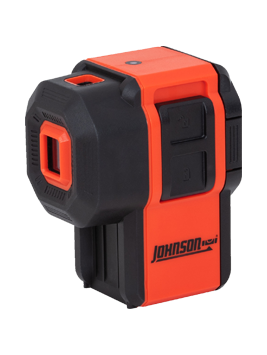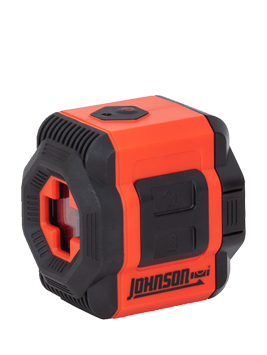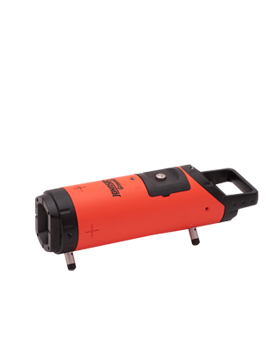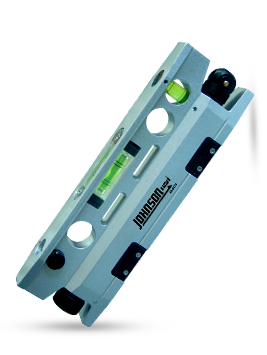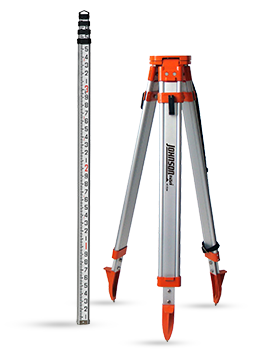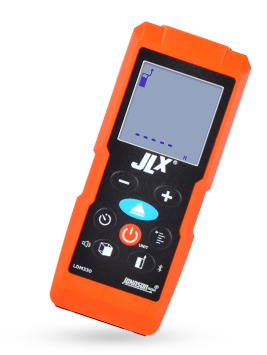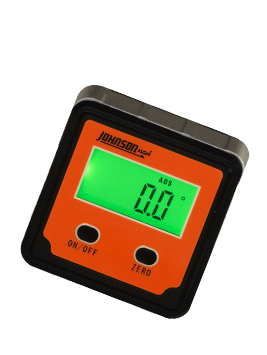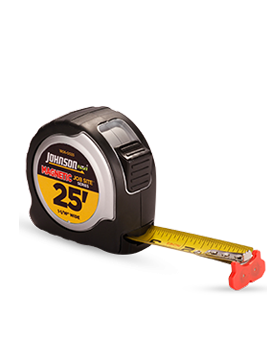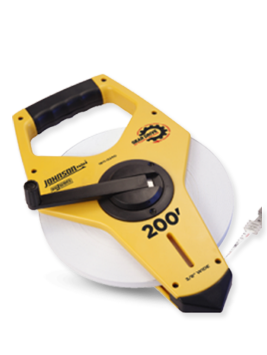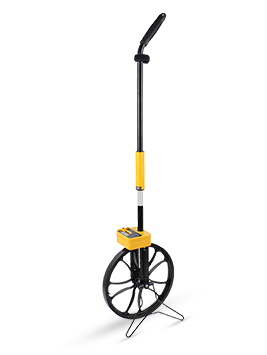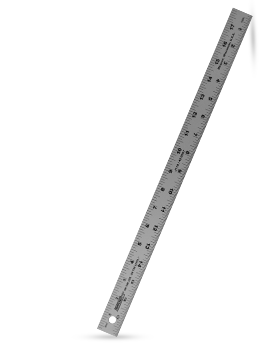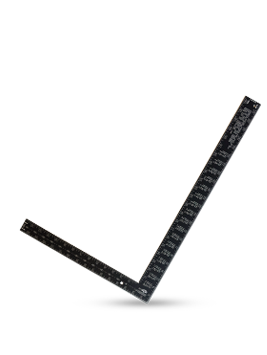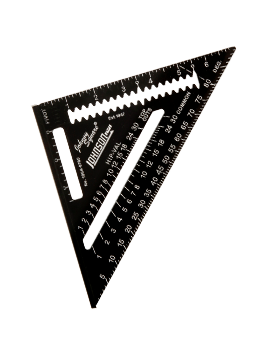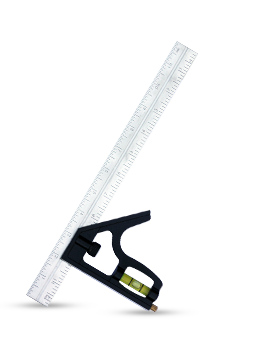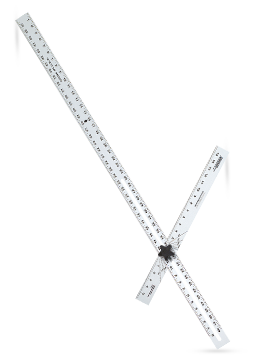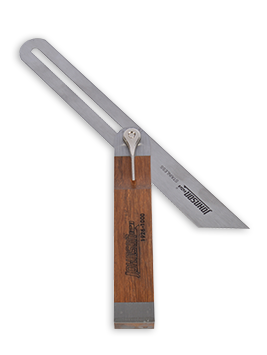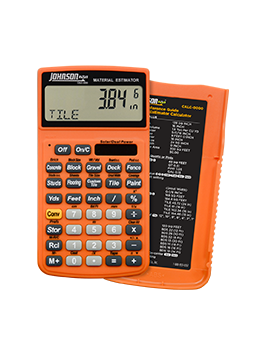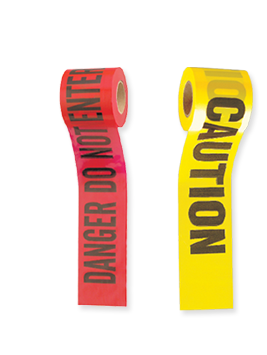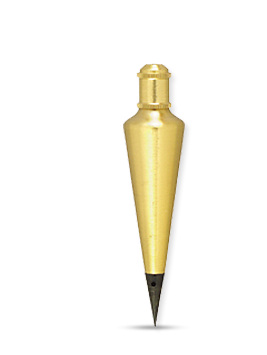Dot Laser Levels / Plumb Laser Levels
Today, the three most common types of laser levels are Rotary Laser Levels, Line Laser Levels (or Line Generators) and Dot Laser Levels (or Multi-Point Lasers). This article focuses on the technical specifications of Dot Laser Levels.
Dot Laser Level Output
Dot Laser Levels project two, three or five beams of light. This allows the user to establish a point from floor to ceiling, a level reference point and a 90° reference point. These dots of light are bright enough to be seen both indoors and outdoors. When working indoors, Dot Laser Levels are useful for transferring a point from floor to ceiling. For indoor and outdoor work, Dot Laser Levels are ideal for any level application or laying out 90° angels.
The beam of light is created by what is called a diode, which in this case is simply a semiconductor which produces light when current passes through it. We see diodes everyday on our CD players, computers and television remote controls.
Laser Leveling Method
Dot laser levels are leveled two ways. First is manual leveling, which means you the operator make the laser level by adjusting the laser to bubble vials built into the laser. Accuracy is going to depend on the quality of the level vial and the operator's eye. Although accuracy can be 1/8th inch per 50 feet and setup is longer due to the manual leveling, it is the least expensive laser available. The second method to level a dot laser is Self-Leveling, which means the laser levels itself through a pendulum and magnets. Accuracy is typically 1/8th inch per 100 feet, better than manual.
Color (Laser Wavelength)
Color is technically determined by the wavelength of the laser (the laser diode actually), which is measured in nanometers (nm), one billionth of a meter, because of its small length. The spectrum of color visible to the human eye is between 380 nm (purple) and 750 nm (red). Typically, the color of the laser is red (635 nm).
Intensity (Laser Classification)
The intensity of the laser is determined by the level of laser light power which is measured in milliwatts (mw), 0.001 or one-thousandth of a watt. Class I and II lasers are low power from below 0.4 mw to 1 mw. Typically, laser levels are Class IIIA, which is between 1 mw and 5 mw. At these levels, the laser is safe if it catches your eye, although you should not stare at it. The nearer your laser is to 5 mw, the brighter it is, and also the more expensive. Since Class IIIB lasers which range from 5 mw to 500 mw and require controls, and Class IV lasers are high power lasers above 500 mw, which are hazardous to view under any condition, they are typically not used for leveling tools.
Laser Level Accuracy
Accuracy of a dot laser level ranges from +/- 1/8th of an inch per 100 to 50 feet. Although this accuracy is greater than a spirit level (or bubble level), a spirit level can't give you the distance a laser level can.
Laser Level Working Range
How far the dot laser goes is typically specified in terms of feet in diameter, the distance in any one direction is the radius, or one-half the diameter specified. The range can be up to 200 feet in diameter.
©2010 Johnson Level & Tool Mfg. Co., Inc.
